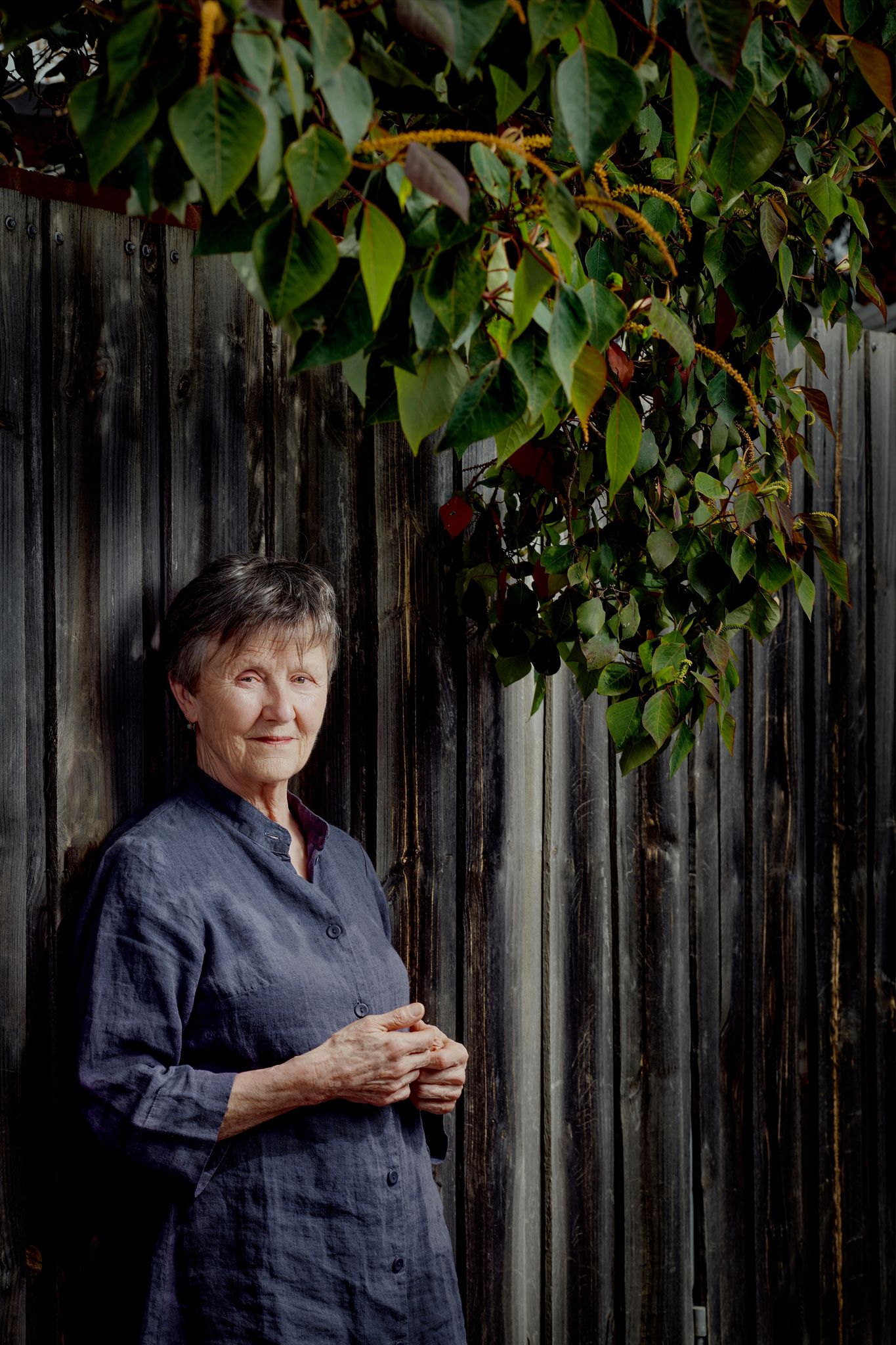This photo provided by Orion Books shows Australian writer Helen Garner, winner of the 2025 Baillie Prize for Nonfiction in Melbourne, Aus. (Darren James Photography/Orion Books via AP)
Darren James/APLONDON (AP) — Helen Garner, an acclaimed…

This photo provided by Orion Books shows Australian writer Helen Garner, winner of the 2025 Baillie Prize for Nonfiction in Melbourne, Aus. (Darren James Photography/Orion Books via AP)
Darren James/APLONDON (AP) — Helen Garner, an acclaimed…